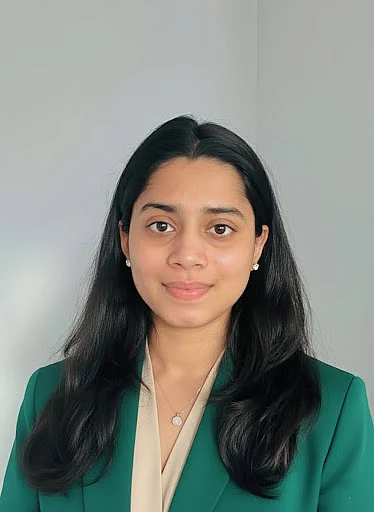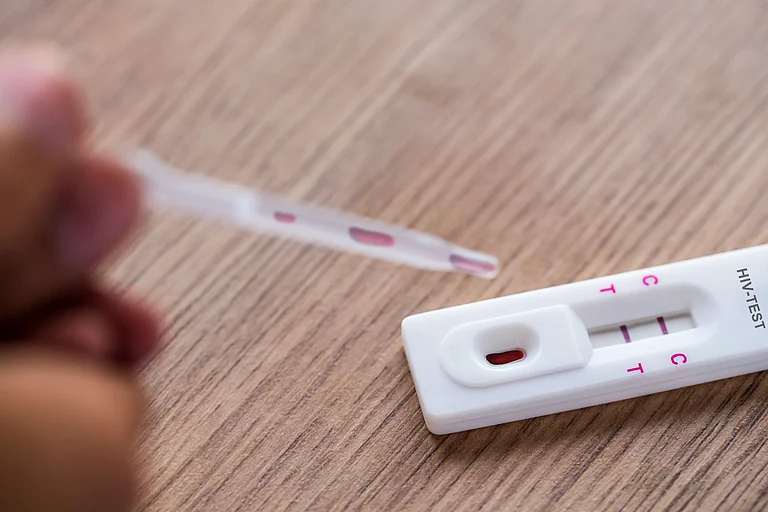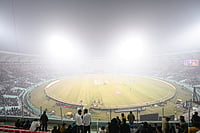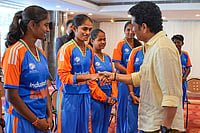When communities awaken to brown tap water or learn that there is lead in an old service line, the issue isn't technical—it's a public trust, health, and everyday crisis. Municipal officials, utilities, and regulators are confronted with the harsh reality of decades of delayed maintenance, Byzantine permitting, and emergent contaminants like PFAS leaving communities vulnerable and under-equipped. Into the breach comes Srushti Shah, an environmental and water-resources engineer whose blend of field experience, regulatory savvy, and technical design has turned municipal vulnerability into operational resilience.
Educated as an environmental engineer and strengthened with graduate-level education in environmental systems and project management, Srushti views drinking water as a combination of an engineering problem and a public-health imperative. Her services range from the entire project life cycle—GPS field surveys and hydraulic modeling through permitting, construction administration, and community reporting—to help towns progress from reactive fixing to a prioritized, compliant, and cost-saving modernization approach.
Project after project, Srushti has proven trackable accomplishments. She has designed and constructed over fifteen water main replacement projects that removed asbestos-cement and deteriorated brick pipe from aging distribution systems, reducing fiber-contamination risk by an estimated 90 percent. To meet the national PFAS regulatory mandate, she directed five city PFAS assessment studies that converted complex contaminant science into actionable treatment roadmaps—defining Granular Activated Carbon and ion-exchange technology meeting current standards. Her storage tank and pump station asset management and rehabilitation initiatives avoided an estimated $2 million in future maintenance costs by targeting interventions that averted disastrous failure.
What distinguishes Srushti’s portfolio is not only technical competence but also systems thinking aligned with regulatory pragmatism. She accelerated lead service line replacement programs through high-resolution AutoCAD and ArcGIS mapping and streamlined workflows that enabled towns to meet federal mandates roughly three times faster than baseline expectations. She has authored more than twenty Consumer Confidence Reports, transforming dense monitoring data into accessible public narratives that increased transparency and community trust, and she has draughted state and local permit packages—from NOI and SWPP to MEPA coordination—that cleared complex approvals while preserving prevailing-wage and procurement requirements.
Srushti’s hands-on research experience complements her field practice. As part of graduate research, she worked on improved biological phosphorus removal investigations and water-quality tests, using equipment like flame atomic absorption and spectrophotometric techniques, bringing laboratory-grade sophistication to field recommendations. Her technical proficiency spans modern water engineering software and equipment—AutoCAD Civil workflows, HydroFlow modeling, ArcGIS spatial analysis, databases for as-built documentation, and instrumentation protocols for PFAS sampling—and allows her to have the unusual capability of translating projects from survey to treatment design to compliant construction.
Others call her the sort of engineer who "brings together municipal restrictions with scientific accuracy." An infrastructure director who collaborated with Srushti noted, "She does not design solo—she designs for operators, for regulators, and for the public. The plans she creates are shippable: they succeed through permitting, they work in the field, and they make water safer on day one."
Srushti’s work addresses the structural problems that have beset the water sector for decades: the aging workforce, funding bottlenecks, and the technical barriers small towns face when confronting PFAS, lead, or deteriorating mains. Her strategy focuses on scalable solutions—reusable LSLR mapping templates, PFAS treatability studies that can be scaled to systems of any size, and asset-management heuristics that enable utilities to budget annual replacement footage instead of waiting for emergencies. Practically applied, this mindset has allowed communities to avoid fines, decrease emergency repairs, and rebuild public trust in tap water safety.
Prospectively, Srushti is intent on institutionalizing resilience. She is creating standard-operating templates for town engineers to speed permitting and is pushing for streamlined funding roadmaps that couple technical assistance with grant readiness. Her vision is pragmatic: democratize access to contemporary water engineering so that small towns don't have to choose between fiscal constraint and safe water.
"Safe water engineering is not theory," says Srushti. "It is about making it possible for every household to turn on a tap and believe what flows out. Our task is to make the trust last—through good design, transparent reporting, and reliable maintenance."
Srushti Shah's work lies at the intersection of technical competence and public responsibility: substituting hazardous materials, designing compliant PFAS treatment, and restoring the public right to safe, dependable water. For communities facing new regulations and scarce resources, her approach provides a scalable model—one in which regulatory compliance, engineering quality, and public trust move forward in tandem.
Distribution of drinking water and water-resource engineering with specialties in water main replacement, rehabilitation of storage tanks, lead service line replacement, PFAS assessment and treatment design, administration of construction, and regulatory permitting.
Srushti has guided 15+ water main replacement programs, removing asbestos-cement and brick pipe; finished PFAS evaluation studies for five municipalities with actionable GAC and ion-exchange treatment plans; saved communities over $2 million in deferred maintenance by prioritizing rehab; accelerated lead service line compliance programs about threefold through precision mapping; and wrote 20+ Consumer Confidence Reports that enhanced public transparency and regulatory compliance.
Municipal water utilities, small-town residents, public health agencies, and regional regulators benefit directly from Srushti’s work: safer tap water, reduced contamination risk, faster compliance with national PFAS and lead mandates, lower emergency repair costs, and clearer communications to communities. Her interventions strengthen public health, protect vulnerable populations, and contribute to the long-term resilience of critical infrastructure across the Northeast and beyond.


























